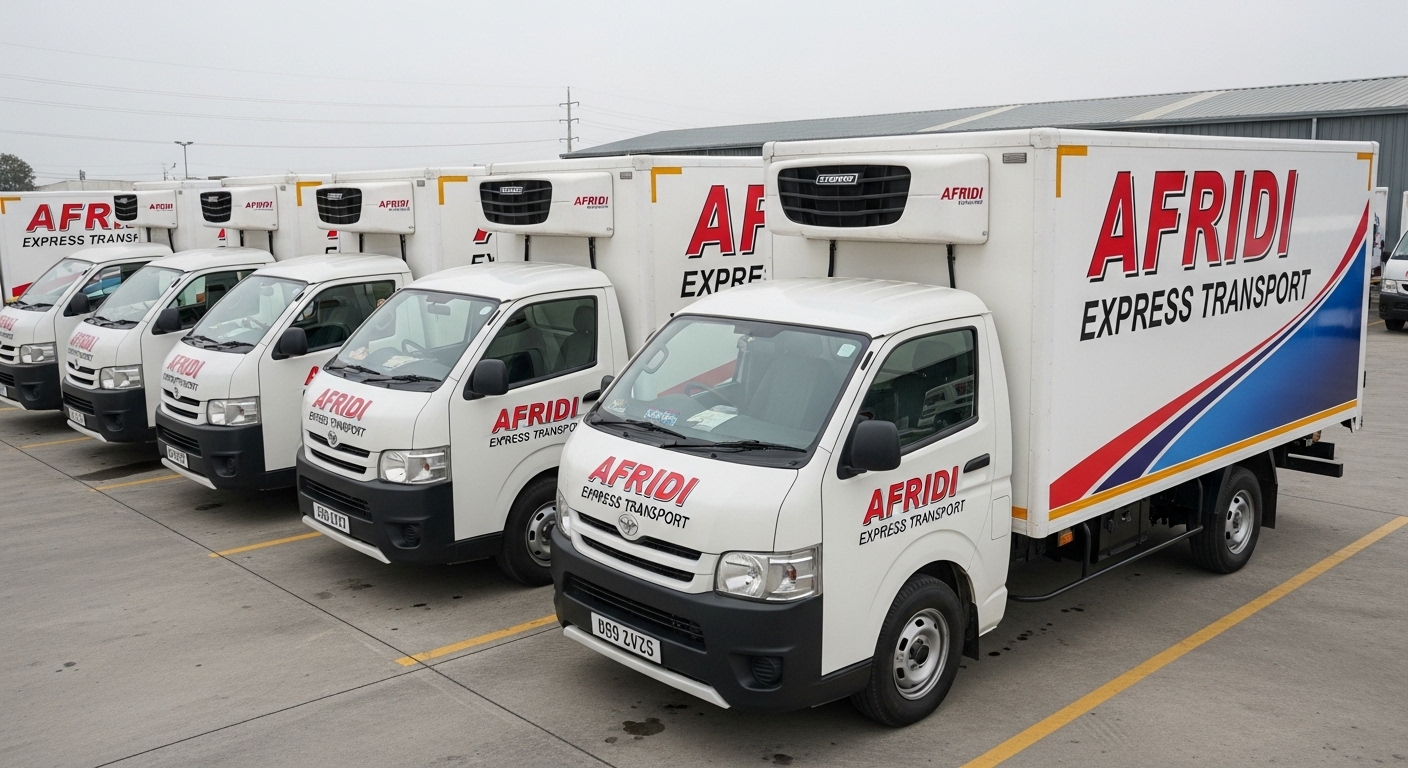
Choosing the wrong chiller van size can cost your food distribution business thousands of dirhams in lost efficiency, wasted fuel, and missed opportunities. Whether you’re a startup restaurant supplier or an established distributor, getting the sizing calculation right is crucial for profitability and customer satisfaction.
The Foundation: Understanding Your Distribution Patterns
Daily Volume Assessment: The Starting Point
Before diving into van specifications, conduct a thorough analysis of your daily distribution volume. Track your deliveries for at least two weeks to identify:
- Peak delivery days and their typical volumes
- Seasonal variations in order quantities
- Product mix ratios (frozen vs. fresh vs. dry goods)
- Average order sizes per customer type
Document everything in cubic meters and weight. A typical restaurant might order 2-3 cubic meters of mixed goods daily, while a grocery store could require 8-12 cubic meters for weekly restocking.
Route Density Analysis: Efficiency Matters
Map your delivery routes to understand:
- Number of stops per route
- Geographic distribution of customers
- Average distance between stops
- Time spent at each location
High-density routes with multiple stops favor smaller, more maneuverable vehicles, while long-distance routes with fewer stops benefit from larger capacity vans.
The Mathematics of Chiller Van Sizing
Volume Calculation Formula
Step 1: Calculate Daily Peak Volume
Daily Peak Volume = (Largest Order × Number of Large Orders) +
(Medium Order × Number of Medium Orders) +
(Small Order × Number of Small Orders)
Step 2: Add Safety Buffer
Required Capacity = Daily Peak Volume × 1.2 (20% buffer)
Step 3: Consider Load Efficiency
Actual Van Size Needed = Required Capacity ÷ 0.85 (85% load efficiency)
Weight Considerations: Beyond Volume
Don’t forget weight limits! Calculate:
- Product weight per cubic meter for different food categories
- Maximum payload capacity of potential vehicles
- Weight distribution across the van floor
Frozen foods typically weigh 400-600 kg per cubic meter, while fresh produce averages 200-400 kg per cubic meter.
Chiller Van Size Categories: Making Sense of Options
Small Vans (2-4 Cubic Meters): The Nimble Specialists
Ideal for:
- Boutique restaurants and cafes
- Specialty food stores
- Bakery distribution routes
- High-frequency, low-volume deliveries
Typical Applications:
- Daily fresh bread deliveries to 8-12 locations
- Specialty cheese and dairy products
- Artisanal food suppliers
- Same day delivery UAE services requiring quick turnaround
Small vans excel in urban environments where parking is limited and delivery windows are tight. They’re perfect for businesses prioritizing speed and flexibility over volume.
Medium Vans (4-8 Cubic Meters): The Balanced Workhorses
Perfect for:
- Mid-sized restaurants and food service operations
- Small grocery chains
- Catering companies
- Mixed-route distribution
Typical Applications:
- Restaurant supply routes with 5-8 stops
- Weekly grocery store restocking
- Event catering transportation
- Multi-temperature deliveries
Medium vans offer the sweet spot between capacity and maneuverability, making them the most popular choice for established food distributors.
Large Vans (8-12 Cubic Meters): The Volume Champions
Best suited for:
- Large-scale food distributors
- Wholesale operations
- Multi-location chain supplies
- Long-distance inter-emirate deliveries
Typical Applications:
- Supermarket chain distribution
- Bulk restaurant supply operations
- Regional food distribution networks
- Large event catering logistics
Advanced Sizing Considerations
Multi-Temperature Requirements
Modern food distribution often requires multiple temperature zones:
- Frozen compartments (-18°C to -25°C)
- Chilled sections (0°C to 4°C)
- Ambient storage (room temperature)
Each zone reduces available space by 10-15%, so factor this into your calculations.
Seasonal Adjustment Factors
Dubai’s climate creates seasonal demand variations:
- Summer months (June-September): 30-40% increase in demand
- Ramadan period: 50-70% surge in specific products
- Winter tourism season: 20-30% boost in hospitality deliveries
Plan for peak season requirements while considering off-season efficiency.
The Technology Factor: Modern Efficiency Tools
Load Optimization Software
Advanced planning tools can:
- Optimize loading sequences for efficient unloading
- Calculate space utilization with 95% accuracy
- Plan multi-stop routes for maximum efficiency
- Predict capacity needs based on historical data
Real-Time Monitoring Systems
Modern chiller vans include:
- GPS tracking for route optimization
- Temperature monitoring throughout the journey
- Door sensors to minimize cold air loss
- Fuel efficiency monitoring for cost control
Cost-Benefit Analysis: Right-Sizing Your Investment
Operating Cost Comparison
Smaller Vans:
- Lower fuel consumption per trip
- Reduced insurance and maintenance costs
- Higher labor costs (more trips required)
- Limited growth accommodation
Larger Vans:
- Higher fuel and maintenance expenses
- Lower labor costs per unit delivered
- Better economies of scale
- Accommodation for business growth
ROI Calculation Framework
Annual Savings = (Fuel Savings + Labor Savings + Efficiency Gains) –
(Additional Rental/Purchase Costs + Maintenance Increase)
Practical Implementation: From Theory to Reality
Testing Your Calculations
Before committing to a specific size:
- Trial runs with different van sizes
- Customer feedback on delivery efficiency
- Driver input on handling and maneuverability
- Cost tracking over 30-day periods
Flexibility Through Rental
Smart businesses often use chiller van rental in Dubai services to:
- Test different sizes before making purchase decisions
- Scale up during peak seasons without long-term commitments
- Handle temporary increased demand cost-effectively
- Maintain operations during vehicle maintenance periods
Common Sizing Mistakes to Avoid
The “Bigger is Better” Trap
Don’t automatically choose the largest van thinking it provides more value. Oversized vehicles:
- Consume more fuel on light-load days
- Struggle with urban parking and maneuvering
- Increase operational costs unnecessarily
- May exceed driver license requirements
The “Minimum Viable” Error
Choosing too small a van leads to:
- Multiple trips increasing fuel and labor costs
- Delayed deliveries affecting customer satisfaction
- Limited business growth opportunities
- Higher stress on refrigeration systems
Future-Proofing Your Decision
Growth Planning
Consider your business plans for the next 2-3 years:
- Projected customer growth
- New product lines requiring different storage needs
- Geographic expansion plans
- Seasonal business development
Technology Integration
Ensure your chosen van size accommodates:
- Advanced monitoring systems
- Automated loading equipment
- Enhanced security features
- Sustainability upgrades
Making Your Final Decision
The right chiller van size balances current needs with future growth while maintaining operational efficiency. Use the calculations and considerations outlined above to make an informed decision that supports your business objectives.
Remember, the perfect size today might not be perfect tomorrow. Regular reassessment ensures your transportation solution continues to serve your evolving business needs effectively.
Ready to find your perfect chiller van solution? Contact Afridi Express Transport LLC for expert guidance on selecting the ideal size for your food distribution business.
Phone: +971 50 263 6880
Recent Post
As we navigate through 2025, the United Arab Emirates continues to cement its position as the Middle East’s logistics powerhouse.
The UAE’s rapid economic growth has created unprecedented demand for temperature-controlled logistics solutions. As businesses expand across the Emirates, maintaining
The UAE’s rapid economic growth has created unprecedented demand for temperature-controlled logistics solutions. As businesses expand across the Emirates, maintaining
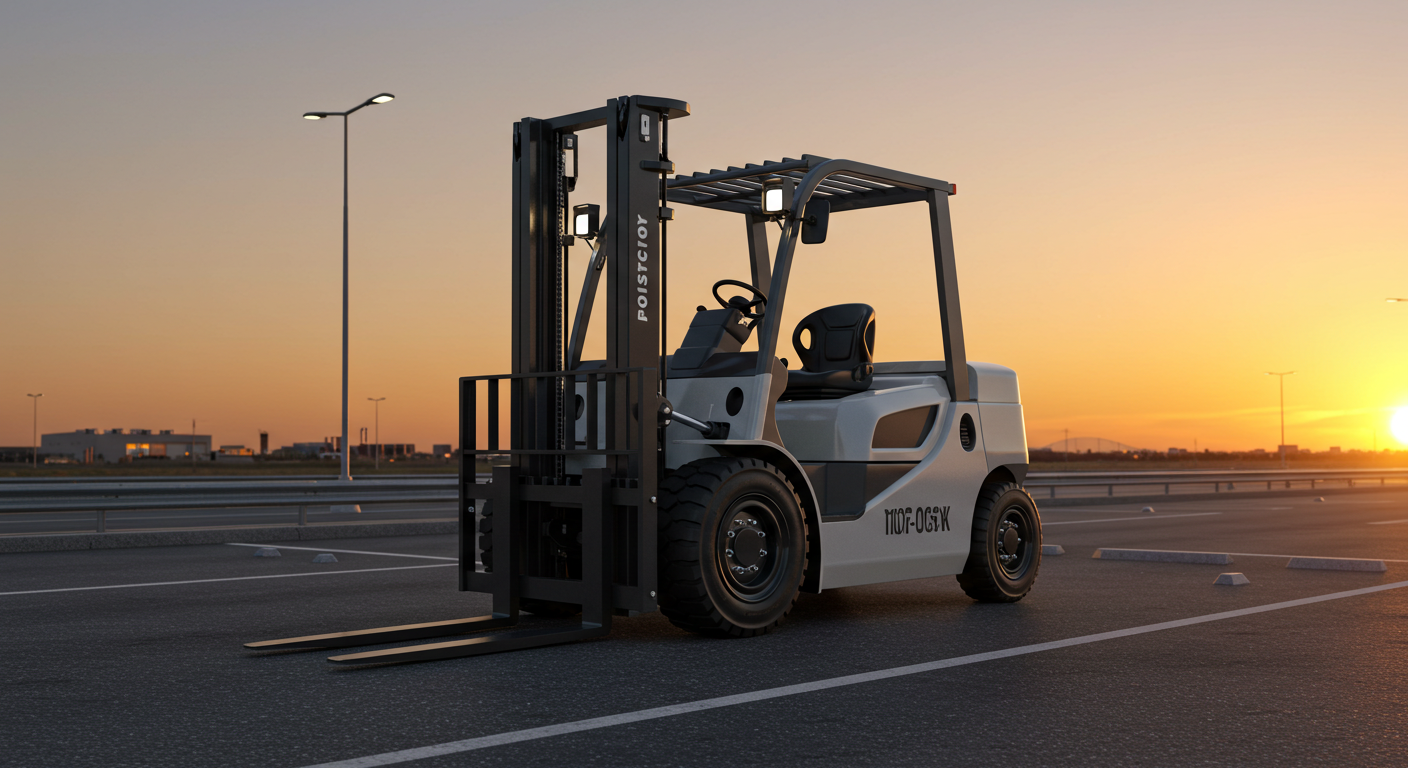
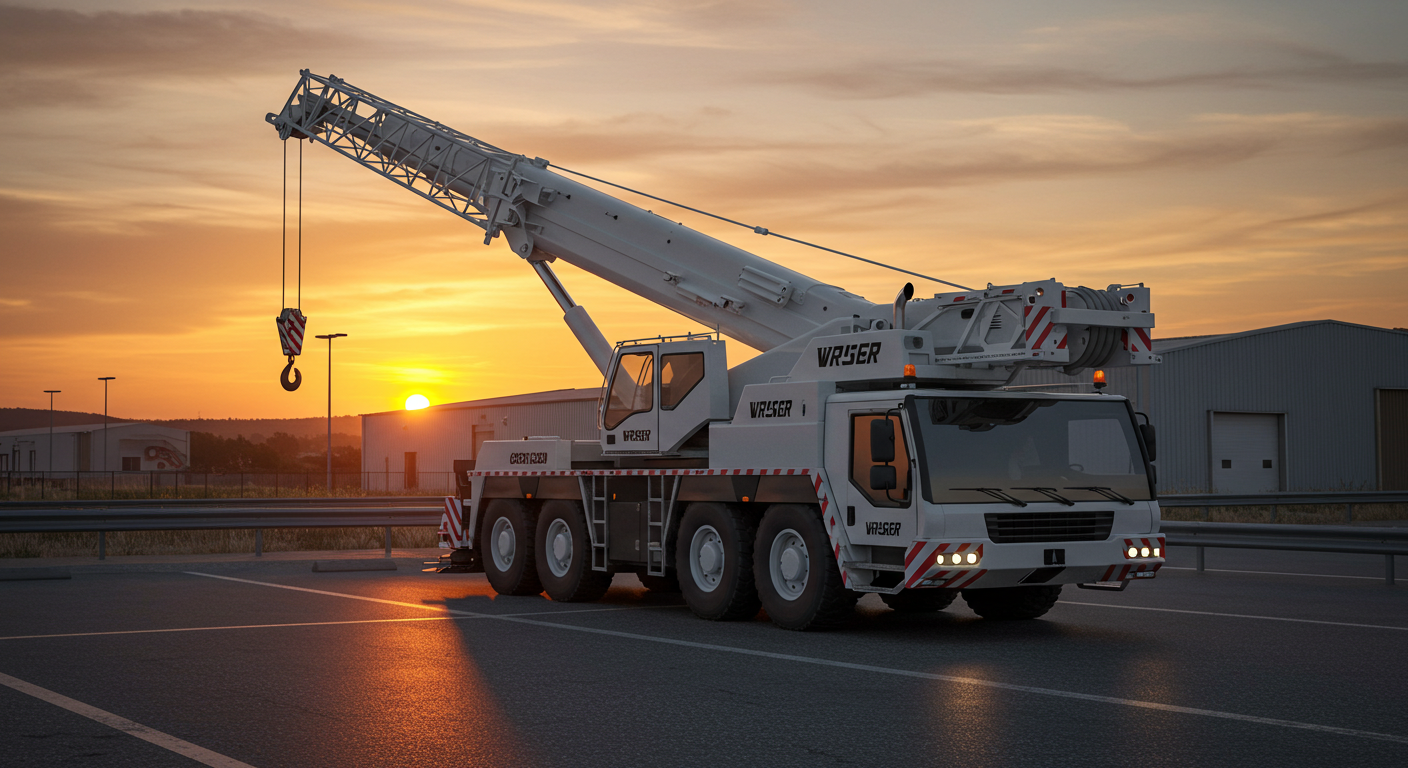
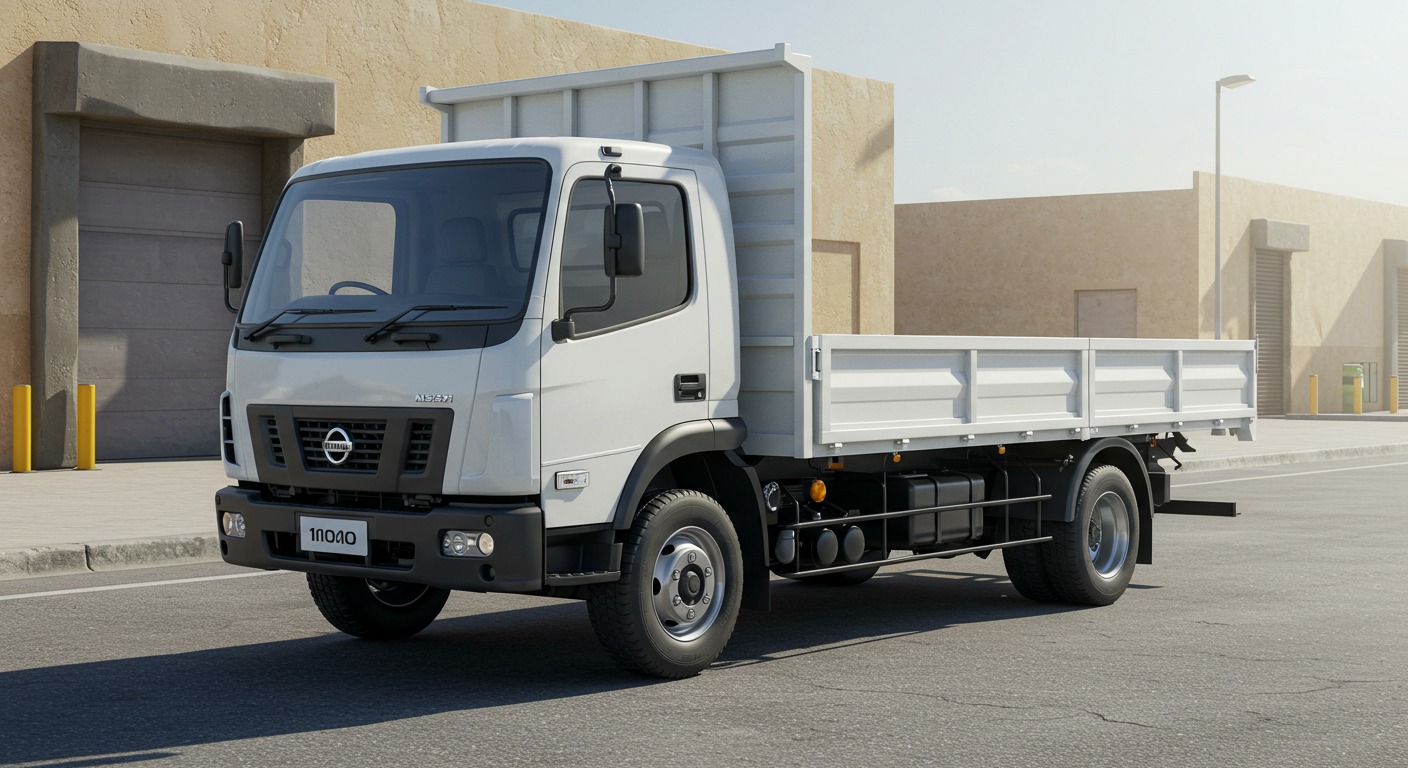
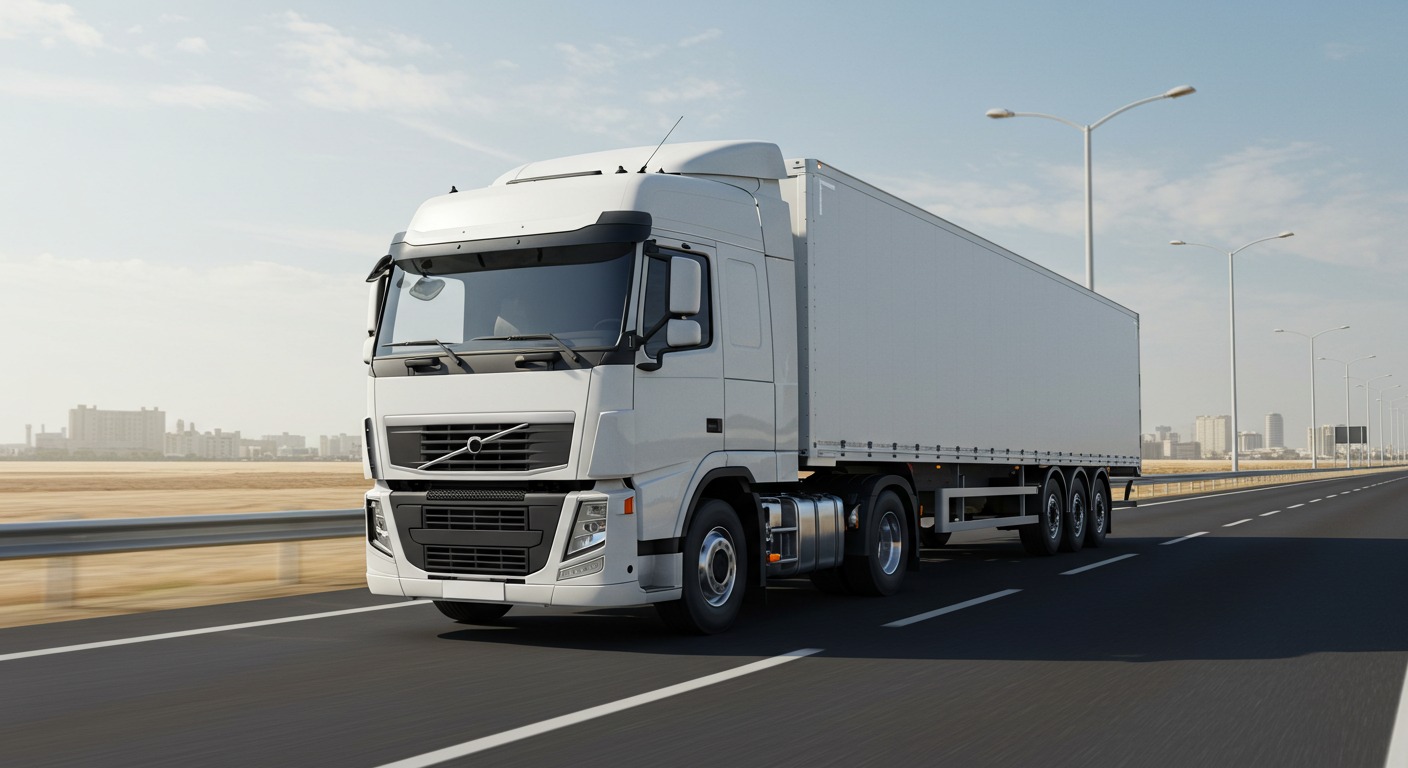
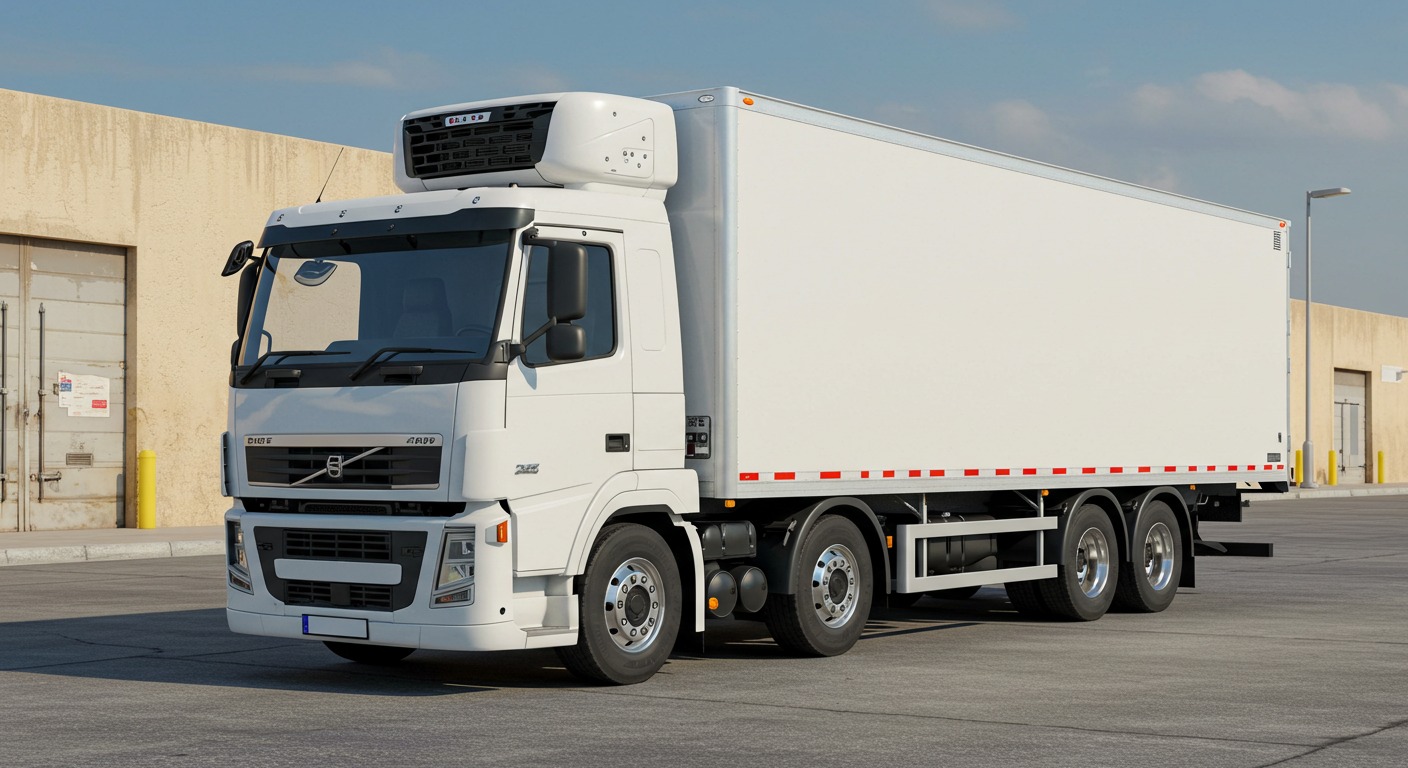
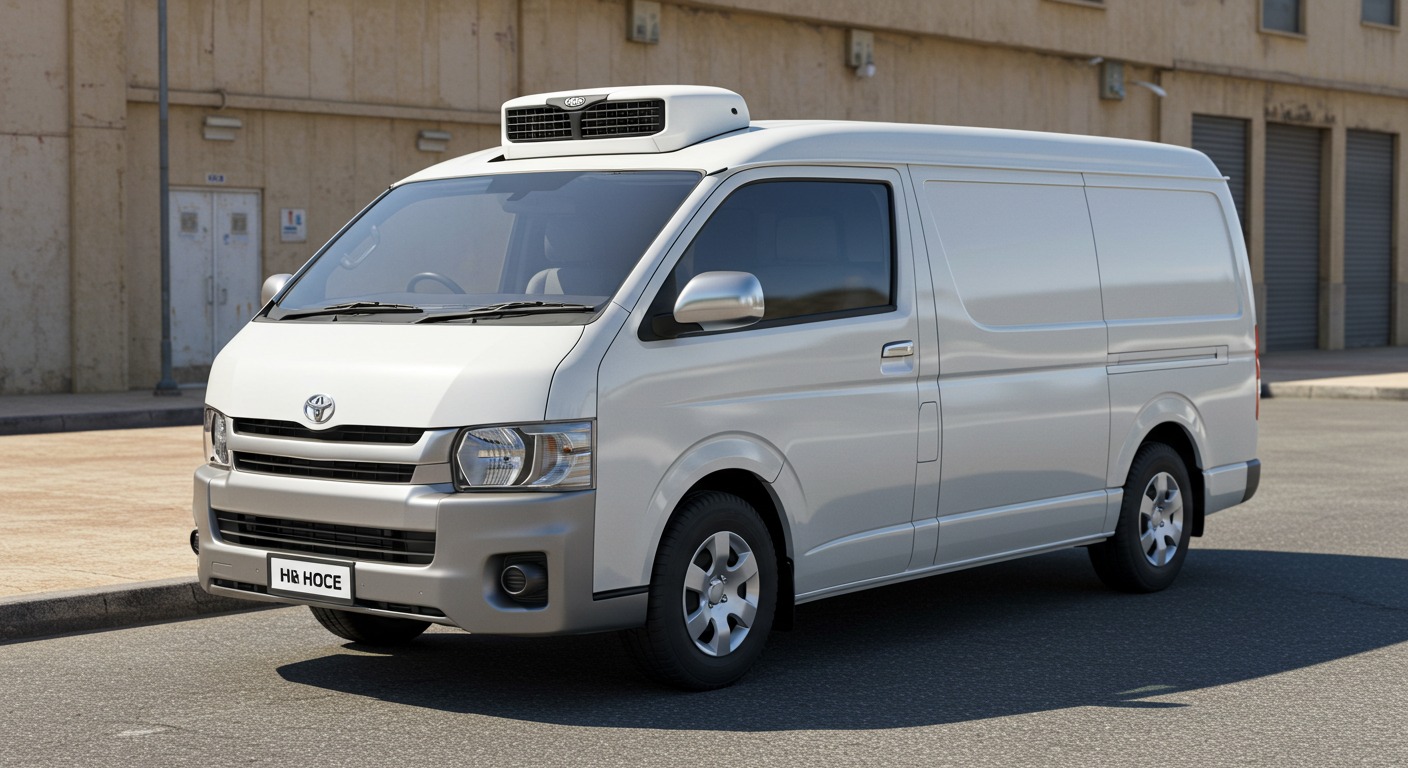
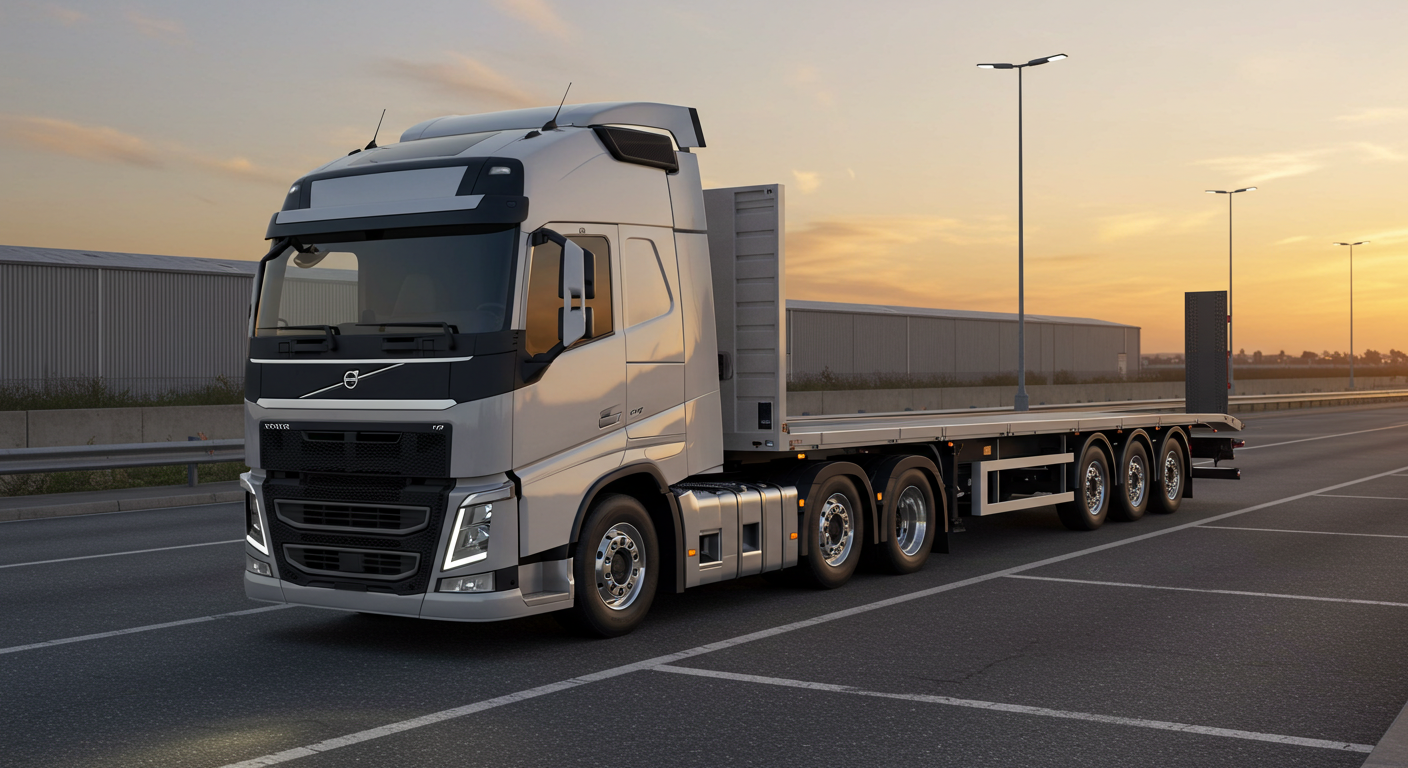
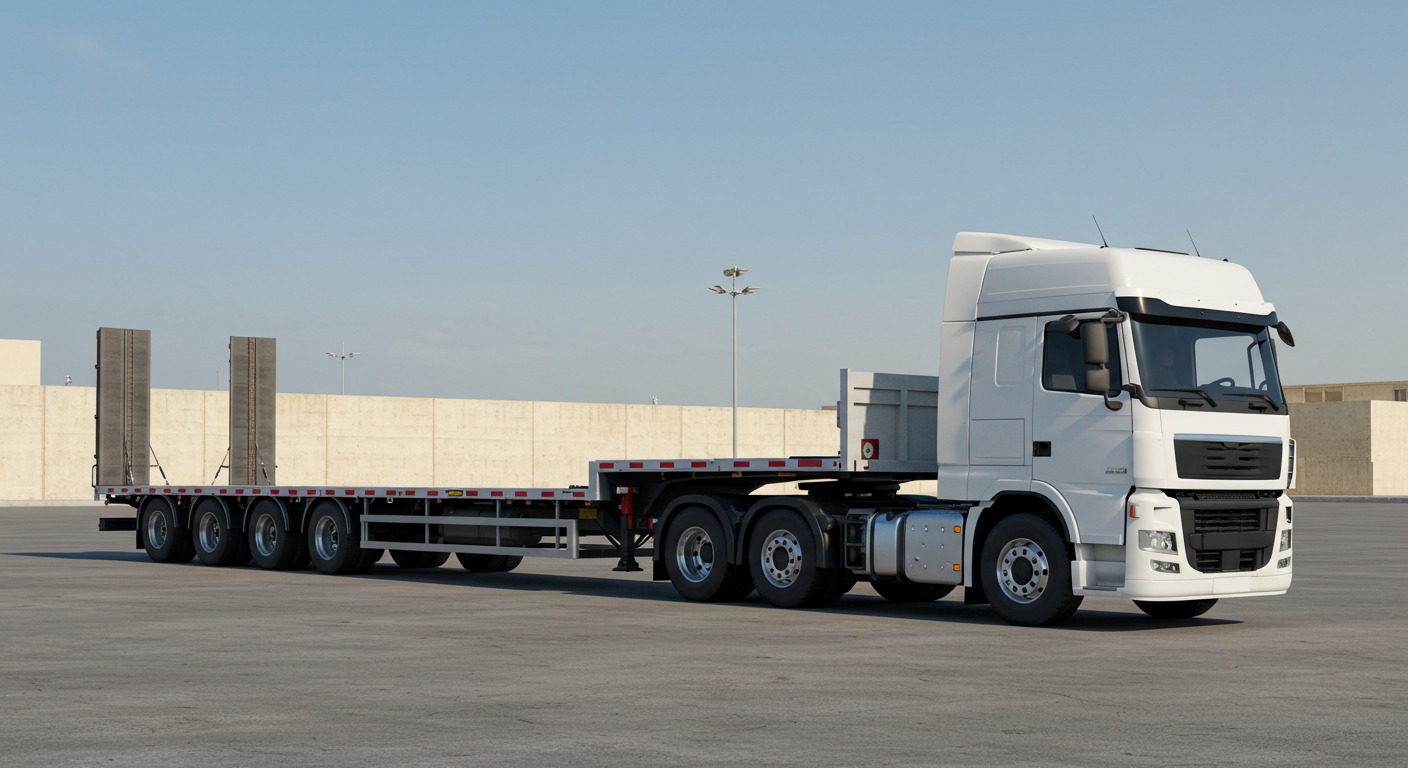
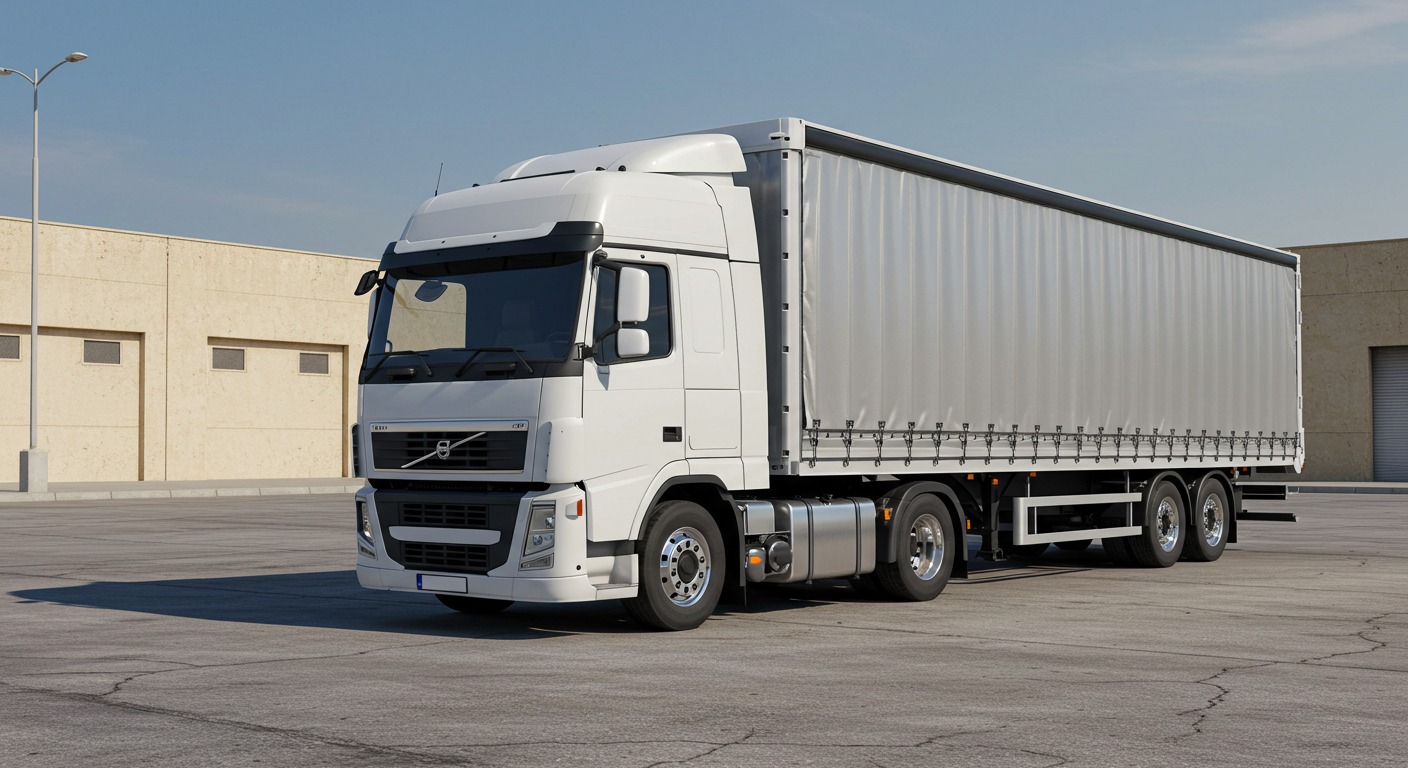
Connect With Us
- Call Us
- Email Us
- Visit Us

